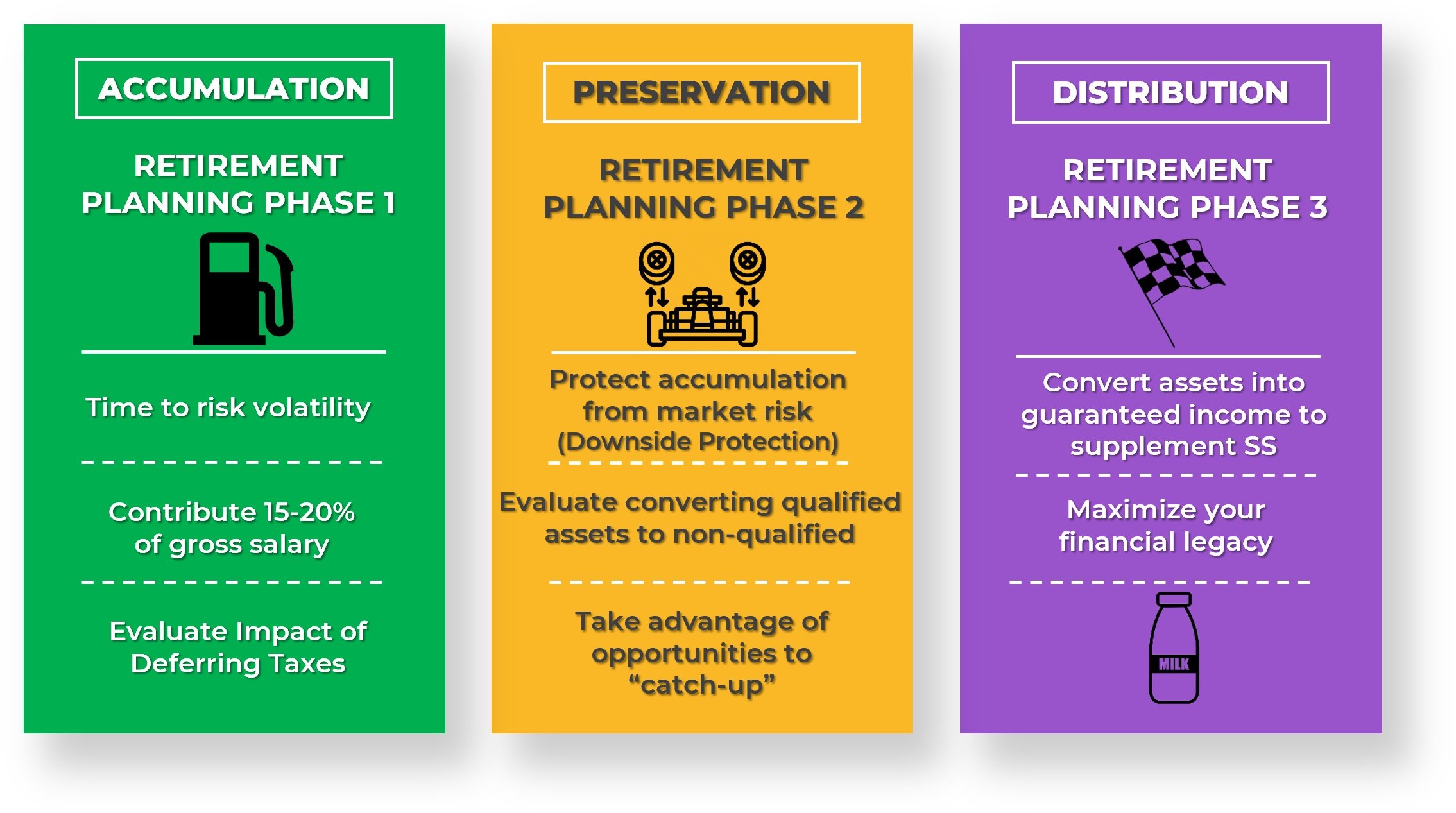
Empowerment Through Education
(to not only provide you with a plan but also to empower you with knowledge)
Live in the Austin area?
Attend one of our Retirement Education Seminars at Concordia University
Steer clear of the errors costing millions of Americans their hard-earned benefits and receive your free Social Security Analysis Report.
Dodge the "6 Threats" that are depriving millions of Boomers of their future prosperity and joy, and receive your free Safe Wealth Plan.

Peace of Mind
(knowing that you have a solid plan and failsafe income to last as long as you live)
Customized Financial Strategy
(includes taking advantage of tax-efficient withdrawal strategies, minimizing risk, and optimizing Social Security benefits)
Maximized Retirement Savings
(designed to ensure that your retirement savings are optimized to support you throughout your retirement years)
Adaptability to Life’s Changes
(so you're prepared even when the unexpected occurs.)
Long-Term Relationship
(we'll be here throughout your retirement journey and supporting your family when you are gone)
By partnering with us to help develop your Safe Wealth Plan, you’re not just preparing financially for the future; you’re taking a proactive step towards creating the retirement life you’ve always envisioned.
The Safe Wealth Plan
Retirement planning isn't just about saving money; equally or more critical is how and when you protect and withdraw it.
Safe Wealth Plan In-depth Overview
Think of the Safe Wealth Plan as the 7 Steps to your future welfare and contentment.
Determine your retirement budget
Pinpoint sources of guaranteed income
Calculate the income shortfall
Bridge the shortfall with more guaranteed income
Recognize your surplus retirement assets
Evaluate your tolerance for risk
Distribute your surplus assets based on your risk preference
Half of the Baby Boomers are likely to outlive their savings. - The Center for Retirement Research at Boston College
Having a Hefty Retirement Fund Doesn't Mean You're Set for Life
Many Americans fixate on maximizing their savings during their working years, not realizing that without proper planning, they could lose significant amounts during their golden years.
The Safe Wealth Plan ensures a consistent cash flow, which is essential for a lengthy post-work life in today's era of increased longevity.
Only 20% of Americans Have a Solid Plan
“During our working years, retirement saving is straightforward. However, strategically converting savings into a lasting income stream for retirement is beyond the capability of most Americans and even many financial professionals.”
Retirement Planning is no Longer a “Do-It-Yourself Project” - Charlie Dial
“Future-Proofing Your Chill-Out Years”

Meet the Retirement Masters
Co-Founder
Licensed Agent and Retirement Coach
Three decades of coaching top-tier executives globally
Author of the acclaimed book Heretics to Heroes, A Memoir on Modern Leadership
Cort Dial
Co-Founder
Licensed Agent and Retirement Coach
Graduated Summa Cum Laude from Concordia University, Texas, with a degree in Psychology
Charlie Dial
Cort and Charlie, alongside Cort’s son-in-law and Charlie’s sister, Trent and Katy Reynolds, are the founders of Trent Reynolds Player Development (TRPD) and serve as dedicated coaches.
At the core of TRPD lies a mission that goes beyond the game: "Develop Great Players Into Great Men." This statement captures their commitment to enhancing athletic skills and fostering personal growth and character development in their players.


















